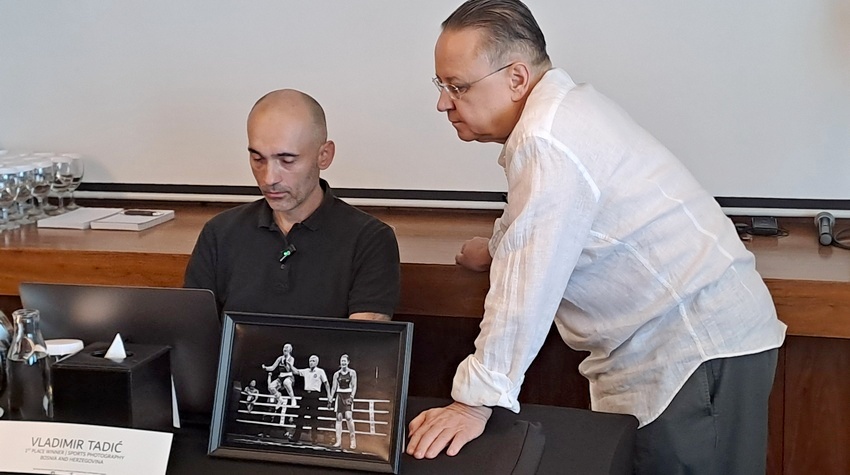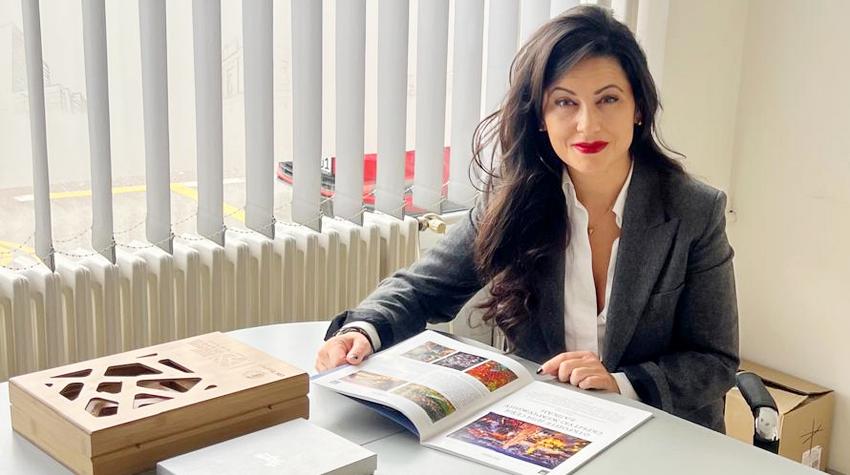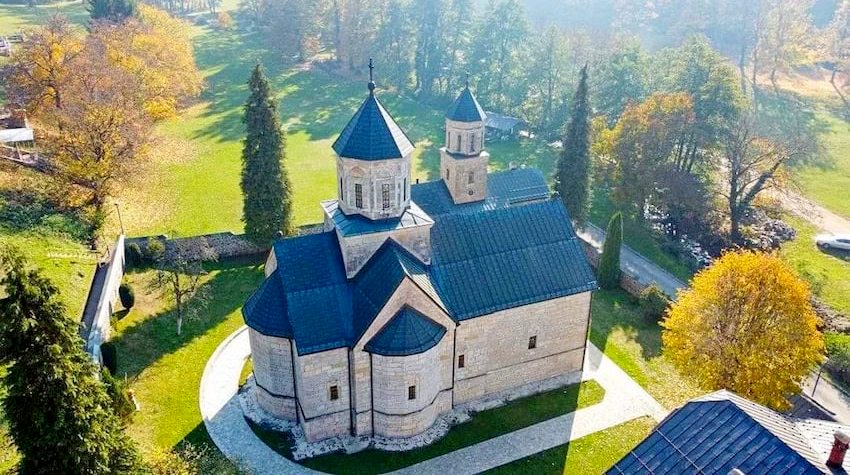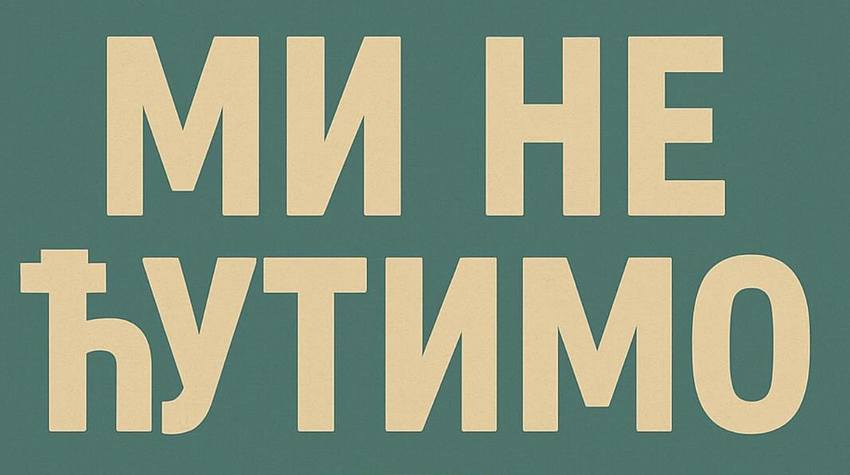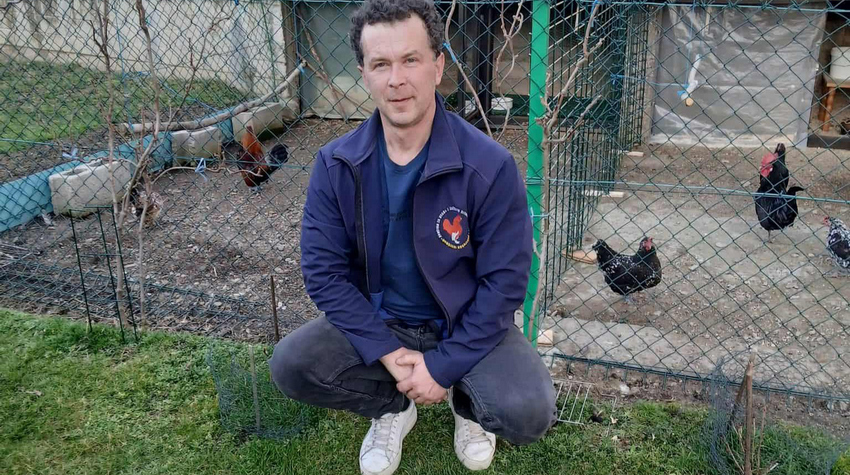VLADIMIR TADIĆ: IF THERE IS A MAGIC FORMULA FOR SUCCESS, IT IS DEDICATION
Award-winning photographer Vladimir Tadić recently claimed first prize in the sports photography category at a prestigious photo competition in Dubai, which served as the perfect occasion to talk with him about his artistic work – especially the photograph that captivated the global audience.
The award was part of the Hamdan bin Mohammed bin Rashid Al Maktoum International Photography Award (HIPA), and the winners were announced on 11 November at the impressive Museum of the Future in Dubai.
Tadić has already gained international attention by showcasing the natural beauty of Republika Srpska and Bosnia and Herzegovina, but he rose to the top in Dubai with a photograph capturing the announcement of the winner at the European Cadet Boxing Championship held in the Borik Sports Hall in Banja Luka.
He was the only representative of Bosnia and Herzegovina at this prestigious competition and, as a laureate, he proudly served as an ambassador for the region in the UAE. During his stay, he also had the opportunity to speak with foreign journalists about the image of BiH in the world — a topic that for years has been associated primarily with war, hardship and suffering.
“Through my artistic photography, especially landscapes as well as sports achievements, I managed to change that perception of the country,” Vladimir said.
He told us that the award came at the perfect moment in his life.
“This year, I reached an almost hopeless point where I had to choose between abandoning this work or continuing until my equipment completely gave out. This award gives me the chance to keep pursuing artistic photography.”
Did you immediately recognize that this photograph could win at such a prestigious competition?
“When it comes to HIPA, I intended to submit work for every category, including sports. I relied on my experience gained from years of participating in international art photography competitions, and the fact that I have served as a jury member myself. That allowed me to think like the jury and choose a photograph that would be most suitable. People usually associate sports photography with action, but here the focus was on reaction — something unexpected in sports imagery. I believe that detail is what made my photo stand out.”
You are mostly awarded for landscape and nature photography. Which is more challenging — capturing nature or people?
“Sports photography is extremely demanding. Everything moves fast, slips out of sight, and if you miss even a millisecond, the moment is gone. Landscape photography also has its challenges — you need to spend time in the field, understand orientation, terrain, weather conditions… But since I have a great passion for photographing our landscapes, I hardly even notice the difficulties.”
Your award-winning photo is impressive, but I assume things weren’t that perfect at the beginning. Is there a ‘magic tip’ you would give to beginners in photography?
“Dedication. What you are willing to sacrifice for a single photograph is what makes that photograph special.”
Besides good equipment, what is essential for becoming a great photographer?
“You have to understand the subject you are photographing. Then, pay attention to details. Ultimately, you can be the best photographer in the world with the finest equipment, but if you fail to touch someone’s heart — especially someone in the jury — your photo might never succeed. And that part is least in your control. That’s why I believe the final outcome is in God’s hands.”
Many photographers spend enormous amounts of time selecting and editing images. What is more demanding — being out in the field or working on the final edit?
“In sports photography, you are like a sniper. The camera stays at your eye, and you must be ready for action. In that sense, the fieldwork is harder. The award-winning boxing photo barely had any editing — I simply converted it to black and white, and that was it.
“With landscapes, planning is half the job. Then comes the fieldwork, and once you return home and transfer the files, the editing begins. Light conditions in nature are far tougher than, for example, the perfectly lit arena where the boxing match took place. In landscapes, you shoot against the sun, deal with large dynamic ranges — it is technically demanding.”
You’ve been doing photography for many years, earning awards and recognition. But I assume not every photo is extraordinary. How do you maintain enthusiasm and focus?
“I’m satisfied if I produce two or three standout photographs a year that achieve global results. Competitions like the one in Dubai give me wings and motivation to keep going.”
